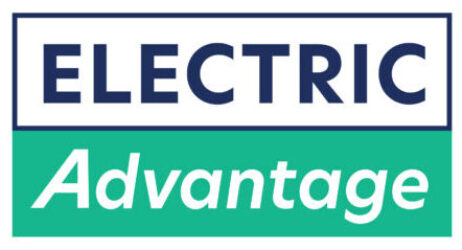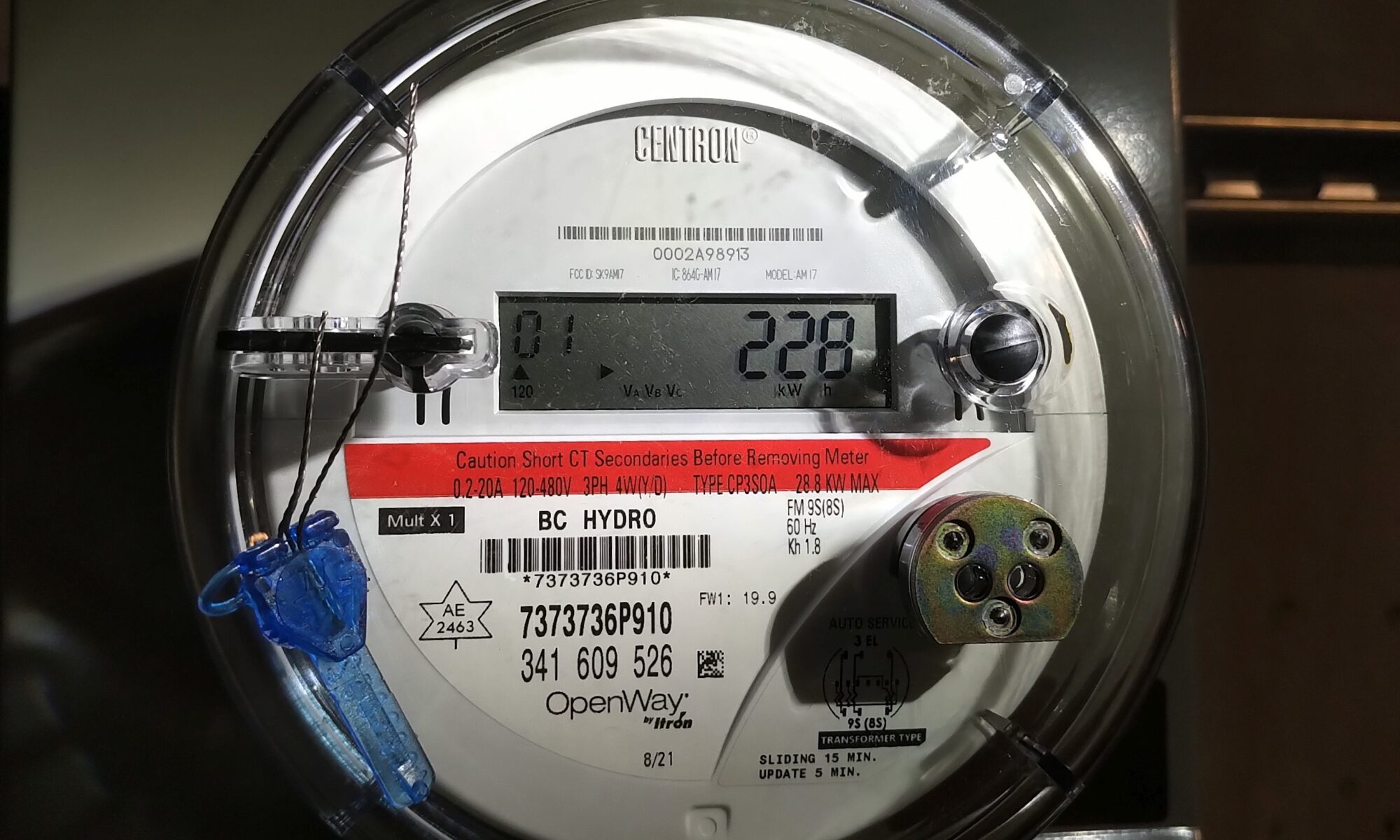BC leads the country in progressive EV policy. Why do I know? I was an advocate behind them.
Charging your electric car from home is the reason to buy one. Never again do you have to alter your destination course simply to refuel your vehicle. The ‘refueling’ paradigm completely changes. As automobiles are typically parked 95% of the time it makes sense to charge while parked — and you are doing other productive things!
Installing EV charging in single family homes are relatively easy. For MURBs (Multi Unit Residential Buildings) infrastructure is harder to retrofit, overcoming electrical wiring decisions made long ago, and by finding agreement with your neighbours. Most buildings built before 2020 were never designed to support charging infrastructure, and those are in the majority.
Across Canada, 30% of people live in MURBs. 40% in BC, and in the City of Vancouver closer to 60%. That’s a significant part of the EV purchasing public.
The BC Provincial government followed recommendations from organizations like the Vancouver Electric Vehicle Association, and others, who realized best practices for upgrading infrastructure is to build it all at once to a coherent plan. EV Ready and EV Infrastructure grants are based on ensuring that all suites of a MURB have at least one outlet from which to attach an EV charge station. This creates equity for all, and it is the most cost efficient method to retrofit in the long run.
The Federal government, through Natural Resources Canada has grants from time to time on infrastructure, and the summer of 2022 was one such time. Combining BC and Federal grants can cover up to 75% of project costs.
The third layer of incentives for MURB EV Charging, is carbon credits. A change in the Low Carbon Fuel Standard regulations in 2021 enabled MURBs to generate carbon credits for all electricity charging EVs. Effective January 1st, 2022 this regulation took effect, and with the current transfer pricing of carbon credits, this is a substantial cash flow for those who invest in EV charging for their buildings. Also starting in 2022 was the federal Clean Fuel Regulations, adding yet another layer of carbon credit value on to EV charging.
If you have MURB buildings at this time EV charging projects will provide the best return on investment over anything else. Electric Advantage can provide advisory services to help you achieve optimal, successful outcomes.
Contact us now to prepare your building for an EV future.




